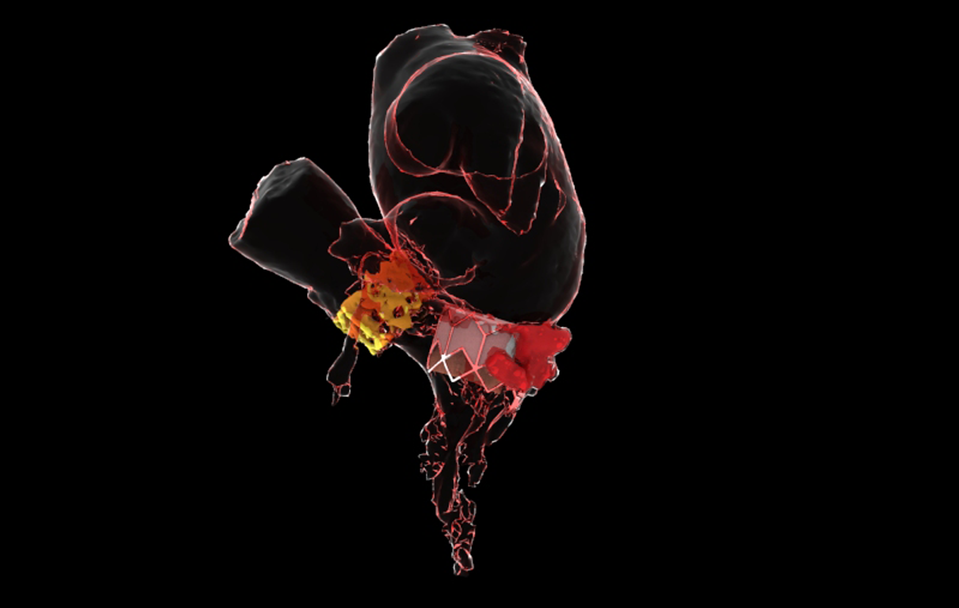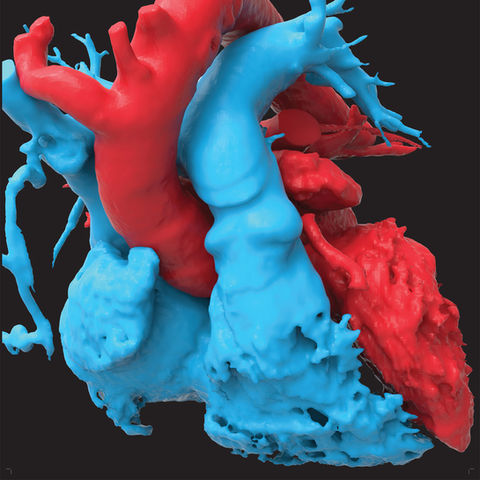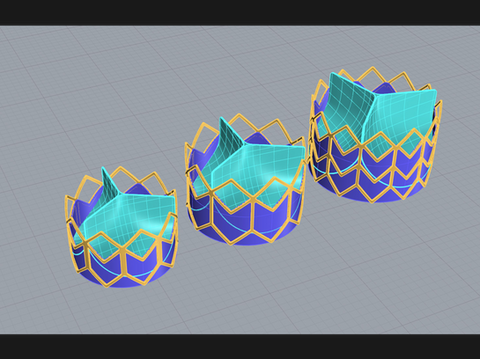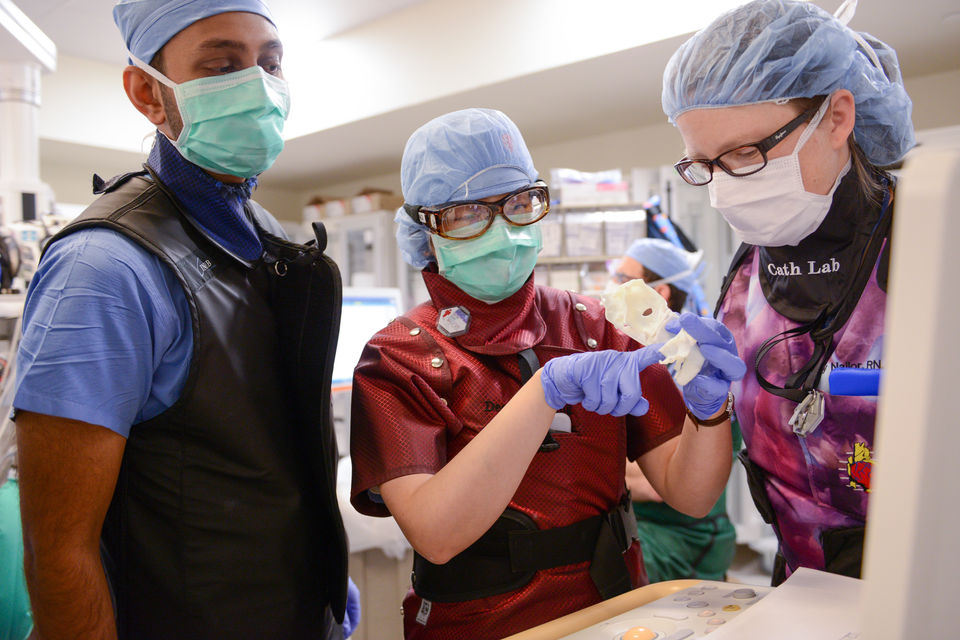Medical Image based design
The evolution of catheter-based structural heart interventions has given patients less invasive alternatives to open heart surgery; however, the current generation of transcatheter heart valves (THV) are not specifically designed for mitral position implantation and have intrinsic geometry that may make mitral implantation suboptimal. Operators are faced with unique challenges with valve deliverability, embolism, and notably left ventricular outflow tract (LVOT) obstruction. Therefore, understanding the suitability of prosthesis delivery and implantation individualized to each heart is of paramount importance.
Too solve these problems and more Forbes helped to found a hospital point of care 3D printing program at Henry Ford Hospital in Detroit, MI. Using his expertise in 3D Modeling and 3D printing combined with the clinical knowhow of the world renowned Henry Ford Structural Heart Team they were able to establish new standards of care and improve pre-procedural planning methods for TMVR, LAA and and a variety of other procedures translating to safer, more effective treatment and better outcomes for their patients.



















